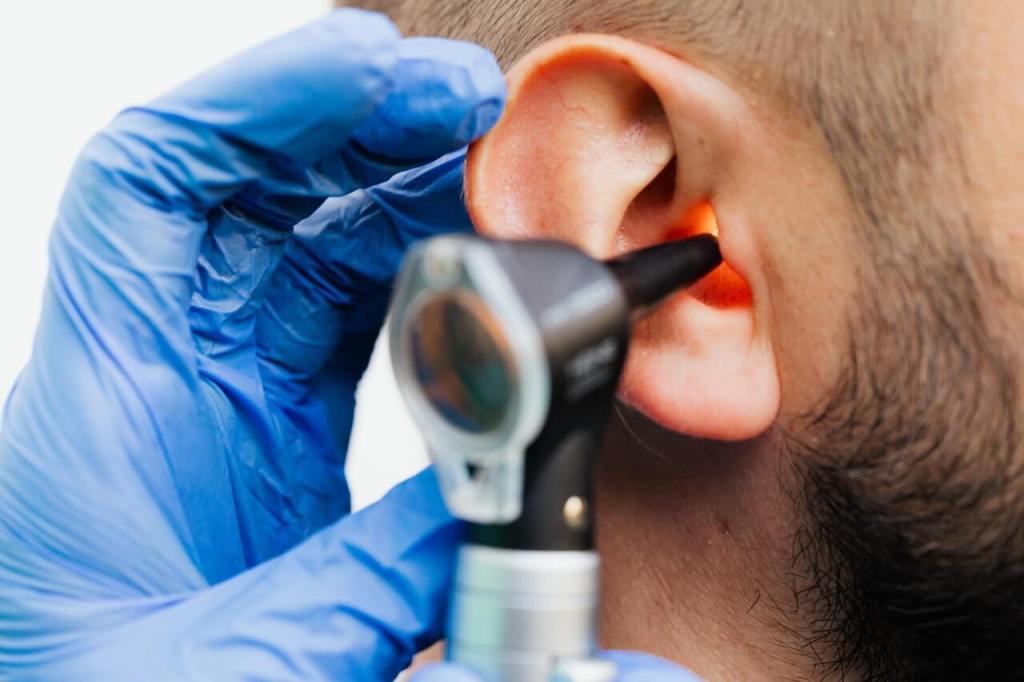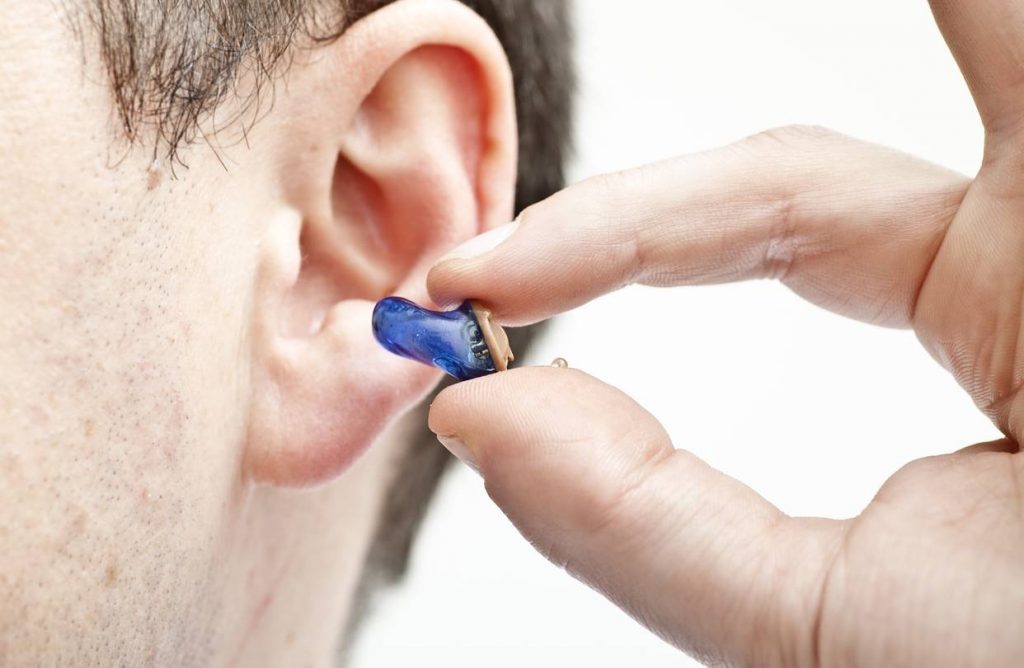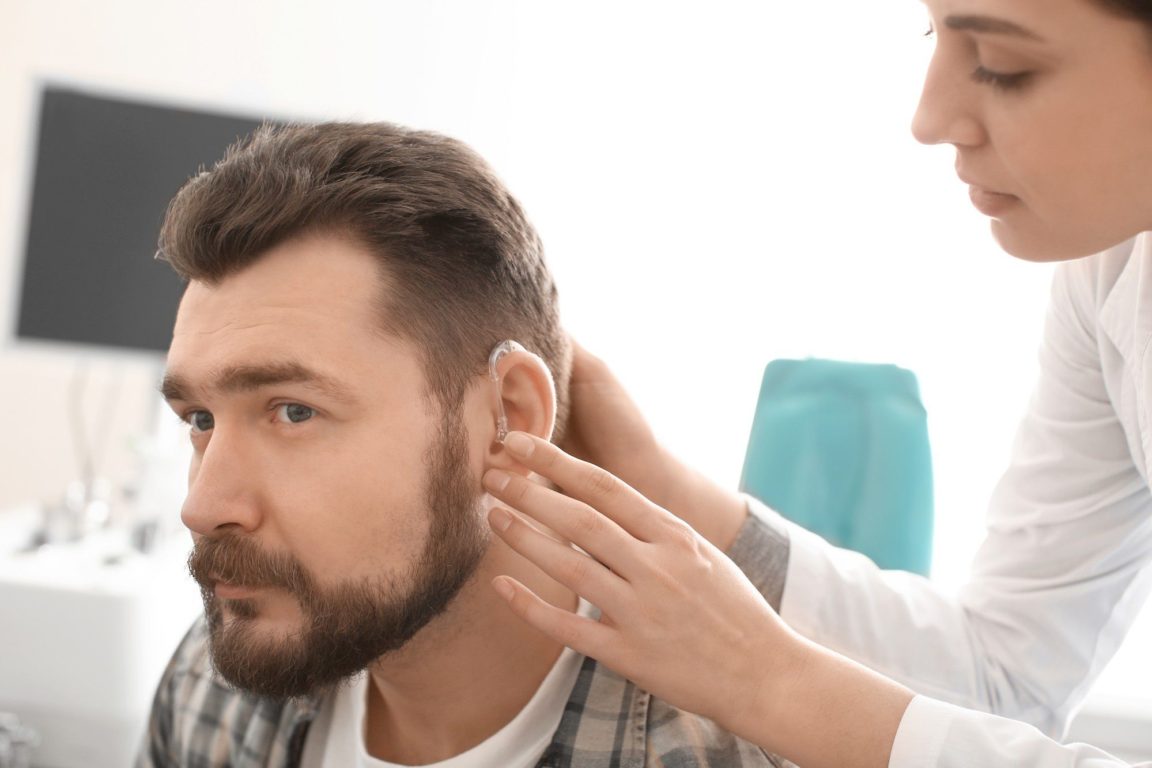Did you know throughout the world over 447 million people suffer from hearing loss? There are a few common causes for this, which we will look at below, and also the solutions for this for all ages. But first, how does it happen?
How Does Hearing Loss Happen?
The ear has many nerves that are connected from it to the rest of the body, when these nerves get damaged, hearing loss occurs. It could be one or more parts of either the ear itself or the brain segments that are responsible for your hearing of sound. It can be partially or completely.
According to the Mayo Clinic, the most common hearing loss occurs gradually as a person gets older, this is what’s known as ‘presbycusis’ and about one-third of the people in the USA have it, especially those between the ages of 65 and 75 years. The number is even higher for those that are even older than 75 years. Almost 50% or 1 out of every 2 persons have it.
There are three types of hearing loss:
- Sensorineural – to do with the inner ear
- Conductive – to do with the outer or middle ear
- Mixed – a combination of both of the above
The most common cause is aging, and besides that constant exposure to loud noises also contributes to this. Click here to find out more. Apart from these other lesser common reasons are excessive ear wax, which can temporarily reduce sound from penetrating the ears.
Most types of hearing loss cannot be reversed, however, there are a few solutions that can be implemented using specific devices designed to ‘replace’ the auditory tube responsible for letting sound in. we discuss a few below but first, preventative measures.

Preventative Measures
If you want to maintain your ears and make sure you can hear for as long as possible even when you get older, there are a few things you can do to look after your ears and prevent noise-induced or age-related hearing loss.
- Protect your Ears. As and when you can, always try and limit your exposure to noise and loud sounds. This is the best type of protection of all. In circumstances where you cannot do this for instance if you work in a factory or with loud machinery e.g. welding machines, or cutting, and drilling machines every day, make sure you wear protective gear for your ears, such as glycerin-filled sound mufflers or plastic earplugs. Other options can be found here: https://en.wikipedia.org/wiki/Ear_protection
- Getting Your Hearing Tested. Just like when we go to the dentist for a regular check-up of our teeth and oral hygiene, you can also visit the ear specialist or Otorhinolaryngology, especially if you work in a noisy environment constantly. Getting your ears tested can help get ahead of any issues before they happen. Steps can be taken to prevent any further loss if at all you already have symptoms.
- Recreational Risks. Avoiding any recreational risks is also recommended if you want to look after your hearing. Some of the fun activities that we deem harmless are directly or indirectly harmful to our ears, music concerts, hunting expeditions, or driving a snowmobile can all hurt your ears, do it in moderation and wear protective gear.
What if you have already been harmed or are at that age where your hearing is starting to get compromised? The good news is there are a few solutions.
Some of The Best Solutions for Hearing Loss
One of the best and popular solutions for when you’re already suffering from not hearing properly is in the form of a hearing aid. There are various types of hearing aids available to people of all ages. Hearing aids that are rechargeable have become in demand in the market worldwide as the percentage of people who experience hearing loss continues to go up each year. An example of one that looks like an earplug and is smaller than a coin is the Audien rechargeable hearing aid, which is a rechargeable battery-operated device that is hardly visible unless you look closely.

The majority of the options are always made to be comfortable because you will be inserting them into your ear for long periods. Others, come in common styles and shapes to fit both big and small ears and depending on the cause of the loss. There are two main types:
In-the-ear (ITE) these are inserted in the ear canal, and some custom-fit, and are tailor-made to fit the ear of the wearer. This is done by initially taking an impression of the ear by the ear care professional at the consultation.
They also come in different skin tones so that you can barely see them. Some people prefer not to be seen wearing them. Sometimes you will see people with it closer to the outer ear while other times it is inserted much deeper into the ear canal.
Behind-the-ear (BTE) as the name suggests these sits behind the outer part of the ear and tubing is inserted inside the ear into the ear canal. A custom-fit earmold is also taken on this one and a dome style tubing is created that fits perfectly behind the ear.
There are also available either in the same color of your skin tone or your hair. Others have more extravagant designs and styles.
These two come with standard button batteries and these need to be replaced every 3 to 20 days depending on the manufacturer’s instructions. Unless you invest in the rechargeable ones which makes more sense to those who will be using them more frequently.
Choosing the right one entails some research. Make sure you ask around from friends, or colleagues who may be using them or know someone who does. Aspects such as ear wax, exposure to moisture, size and dexterity, or even if they are wireless and need connectivity to a smart device, should be checked thoroughly before purchasing and getting them fitted.
All in all, looking after your ears as best as you can and practicing some of the tips above of protecting your ears and regular check-ups will help elongate the issue to when you don’t have a choice and are too old to do anything else.





